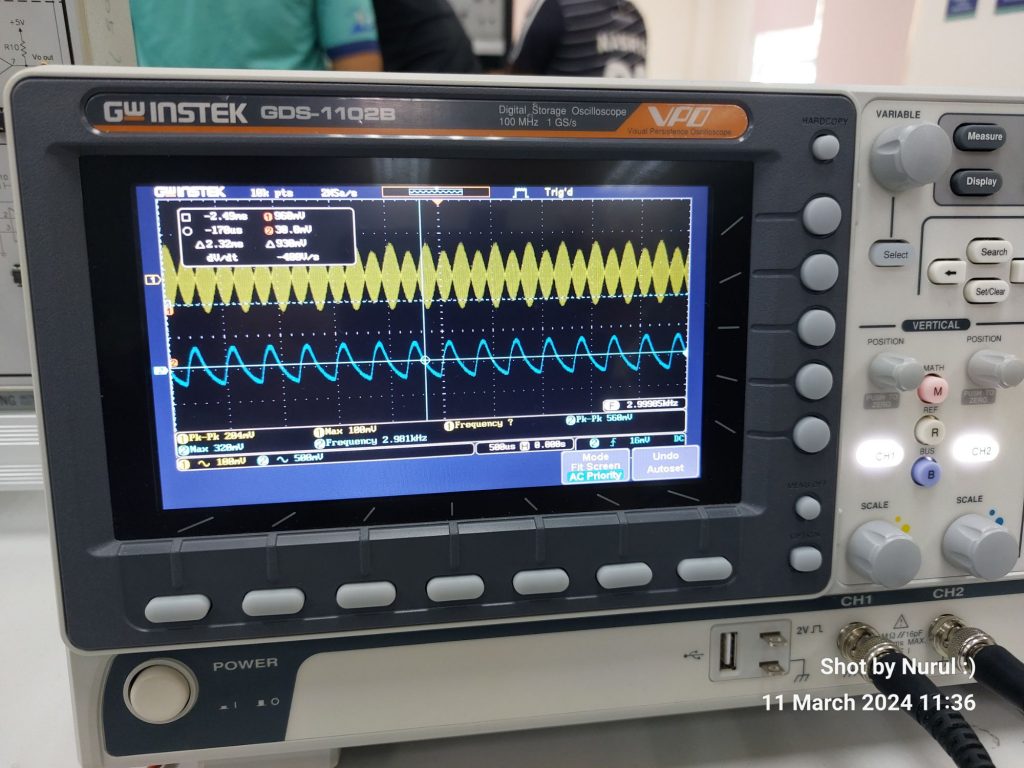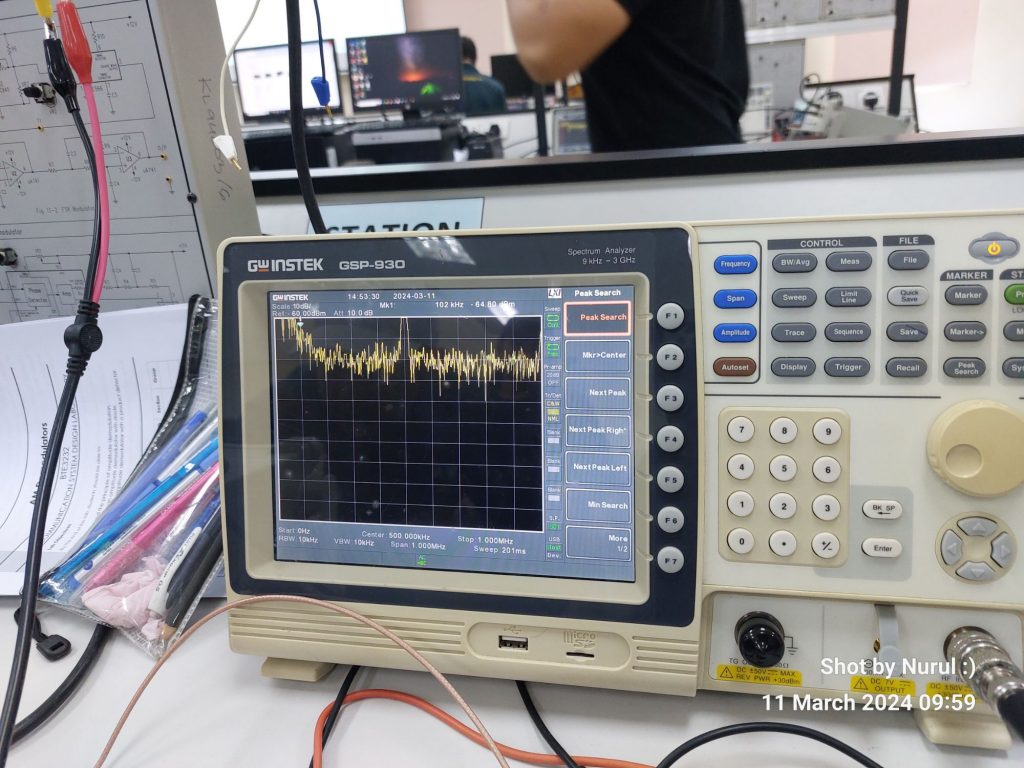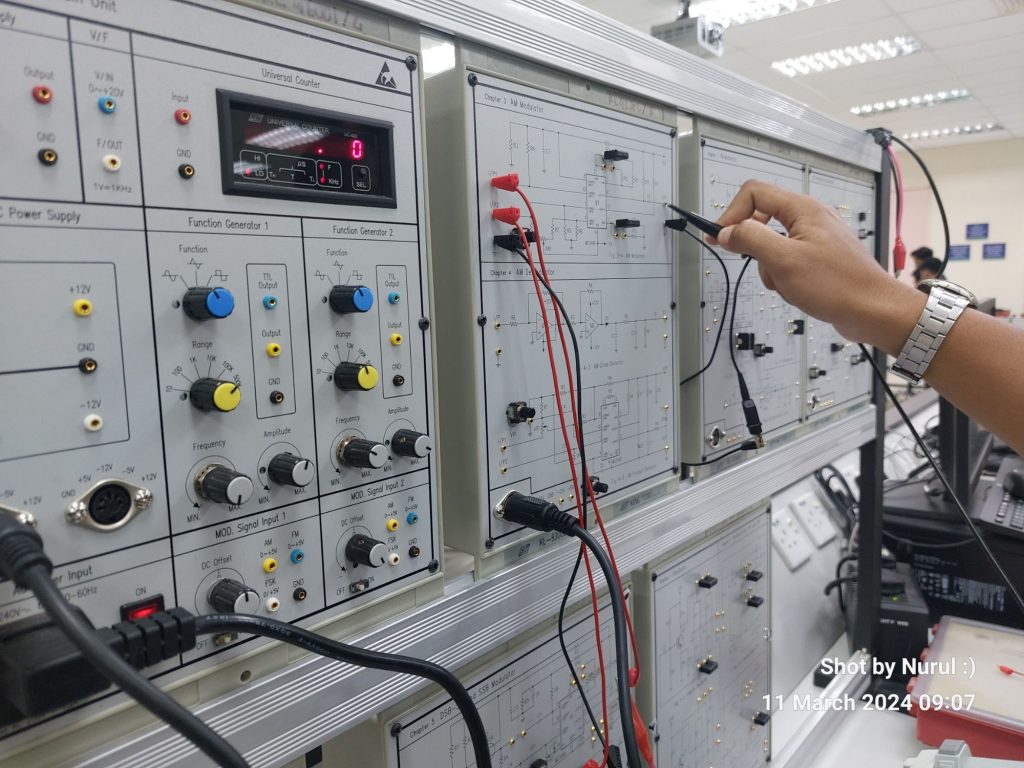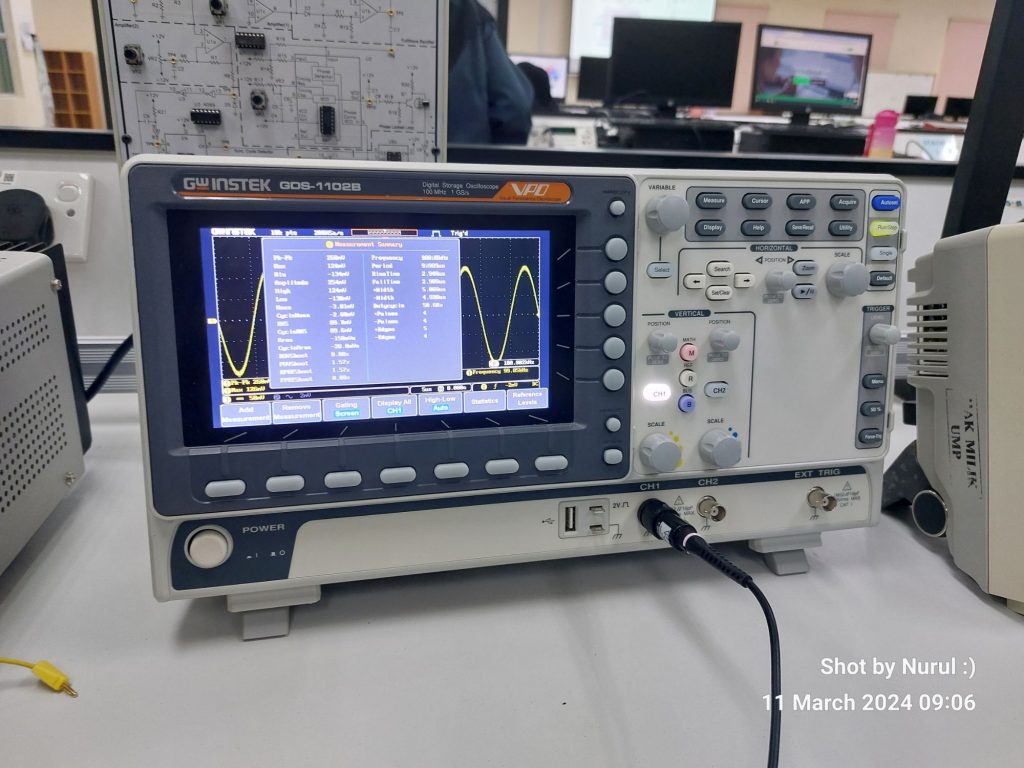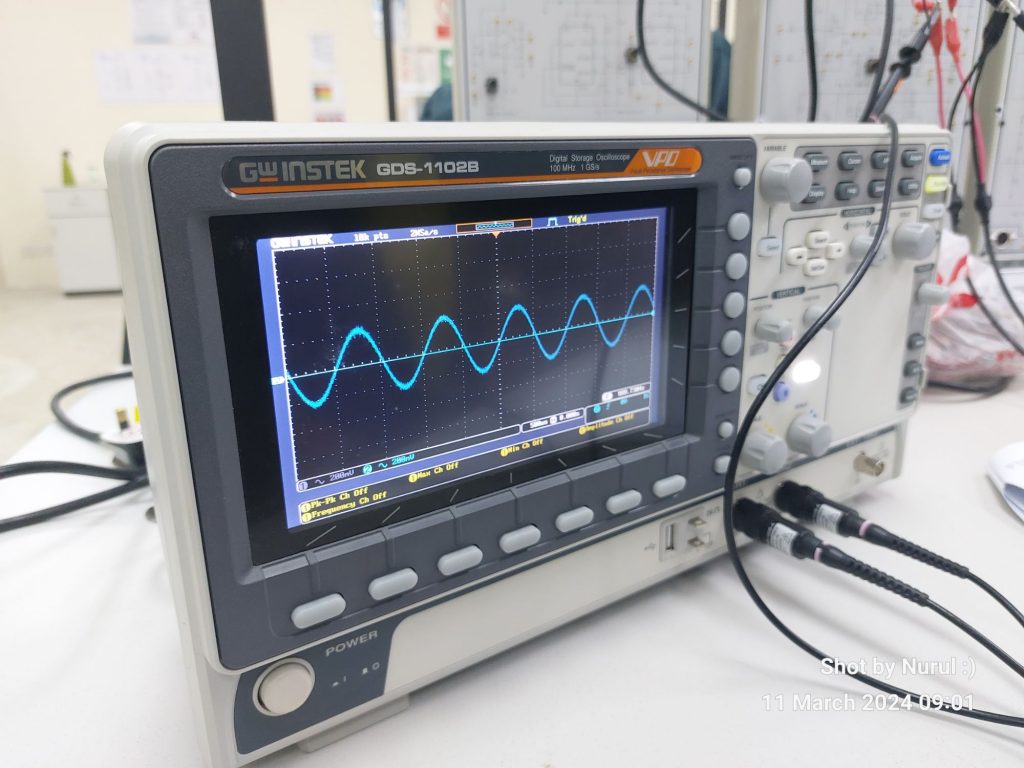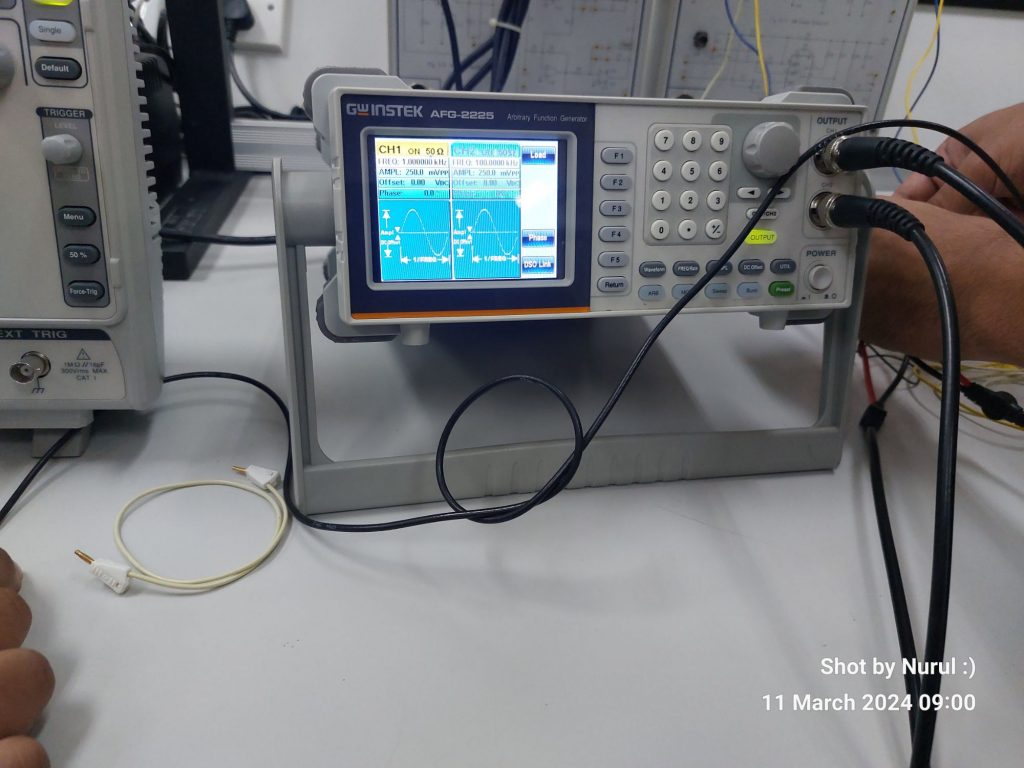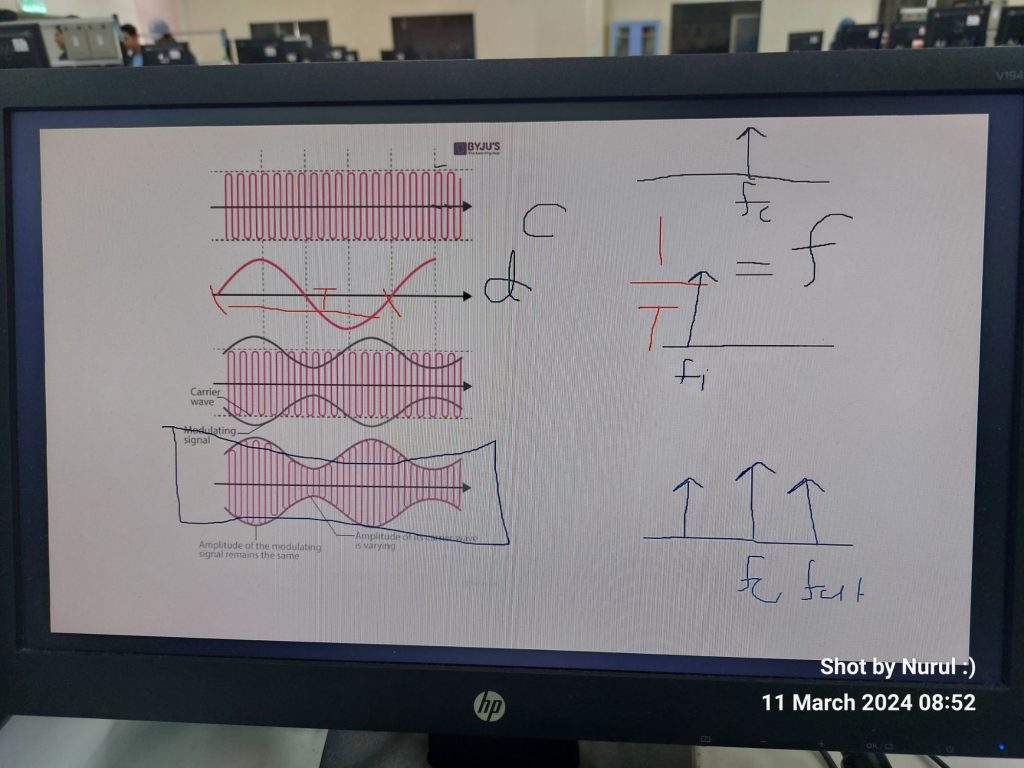Why Modulate Signals?
To comprehend the significance of modulation, let’s first consider the limitations of transmitting a signal in its raw form. A simple, unmodulated signal lacks the resilience needed to combat issues like interference, noise, and attenuation over long distances. This is where modulation steps in as our technological superhero.
Amplitude Modulation involves varying the amplitude of a carrier signal in proportion to the instantaneous amplitude of the input signal. In simpler terms, it’s like riding the waves of your favorite radio station. The carrier wave carries the information from the input signal, effectively extending the reach and quality of the transmitted signal.
Why AM?
Now, you might wonder, “Why AM and not something else?” AM modulation has its unique advantages, such as simplicity, ease of implementation, and compatibility with various transmission mediums. However, it comes with challenges like susceptibility to noise and limited bandwidth efficiency, paving the way for modern modulation schemes.
In the ever-evolving landscape of communication systems, engineers sought to address the limitations of AM modulation. This led to the development of more sophisticated schemes like FM (Frequency Modulation) and PM (Phase Modulation). These modern modulation techniques offer improved noise resilience, better bandwidth utilization, and enhanced signal quality.
Demodulation: Unveiling the Message:
Now, let’s transition to the counterpart of our tale – demodulation. Demodulation is the process of retrieving the original signal from the modulated carrier wave. It’s like extracting the hidden treasure from the waves you’ve been riding. In our laboratory, we’ll explore demodulation techniques to decode the transmitted information accurately.
As we journey through the world of AM modulation and demodulation in our Communication System Design Laboratory, remember that these concepts are the cornerstone of effective signal transmission. Understanding the ‘why’ behind modulation and the advancements leading to modern schemes equips us to tackle real-world challenges in the dynamic field of electrical engineering.
So, gear up, future engineers! Let’s ride the waves of knowledge and explore the intricate dance between amplitude, frequency, and phase in the vast ocean of communication systems.
